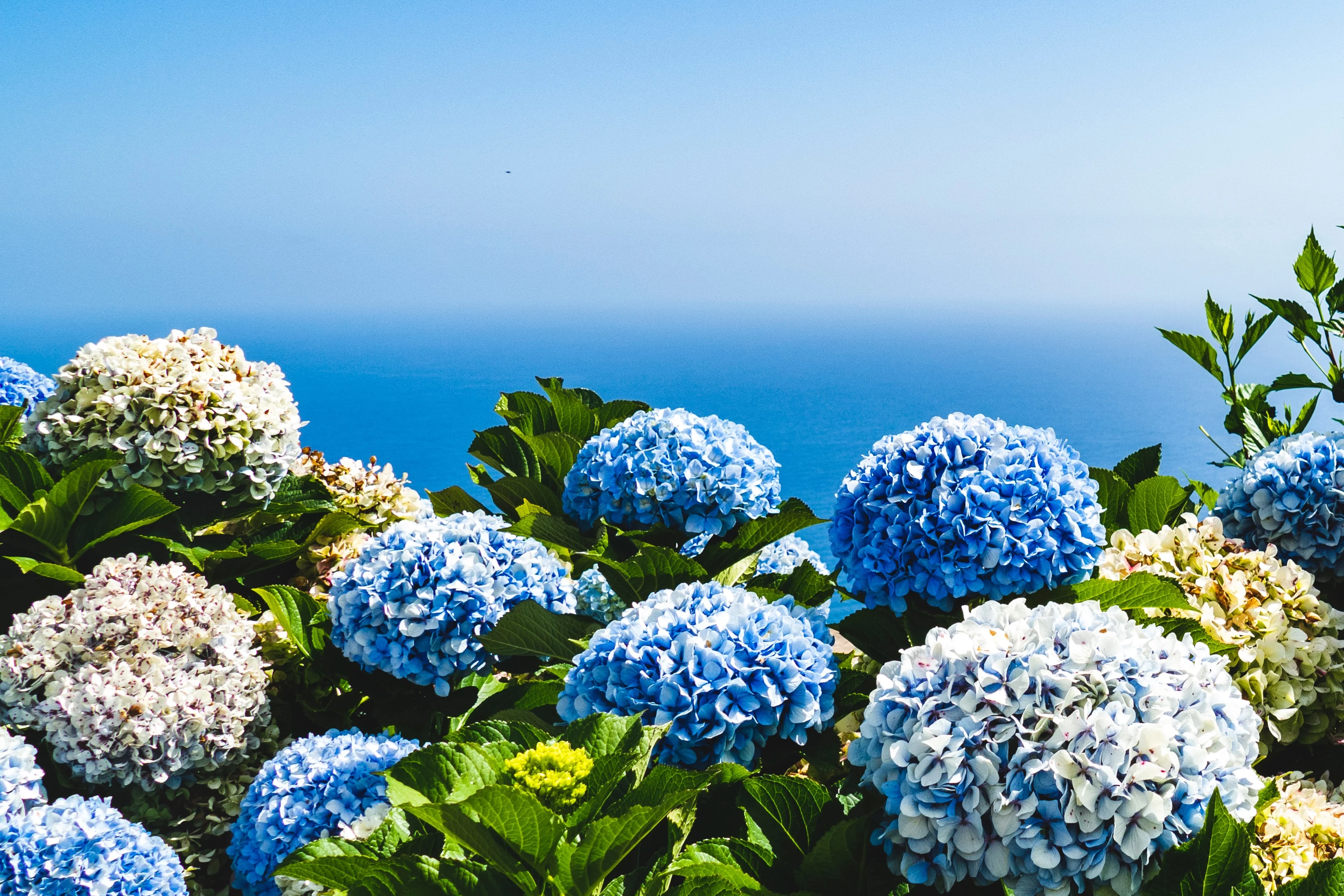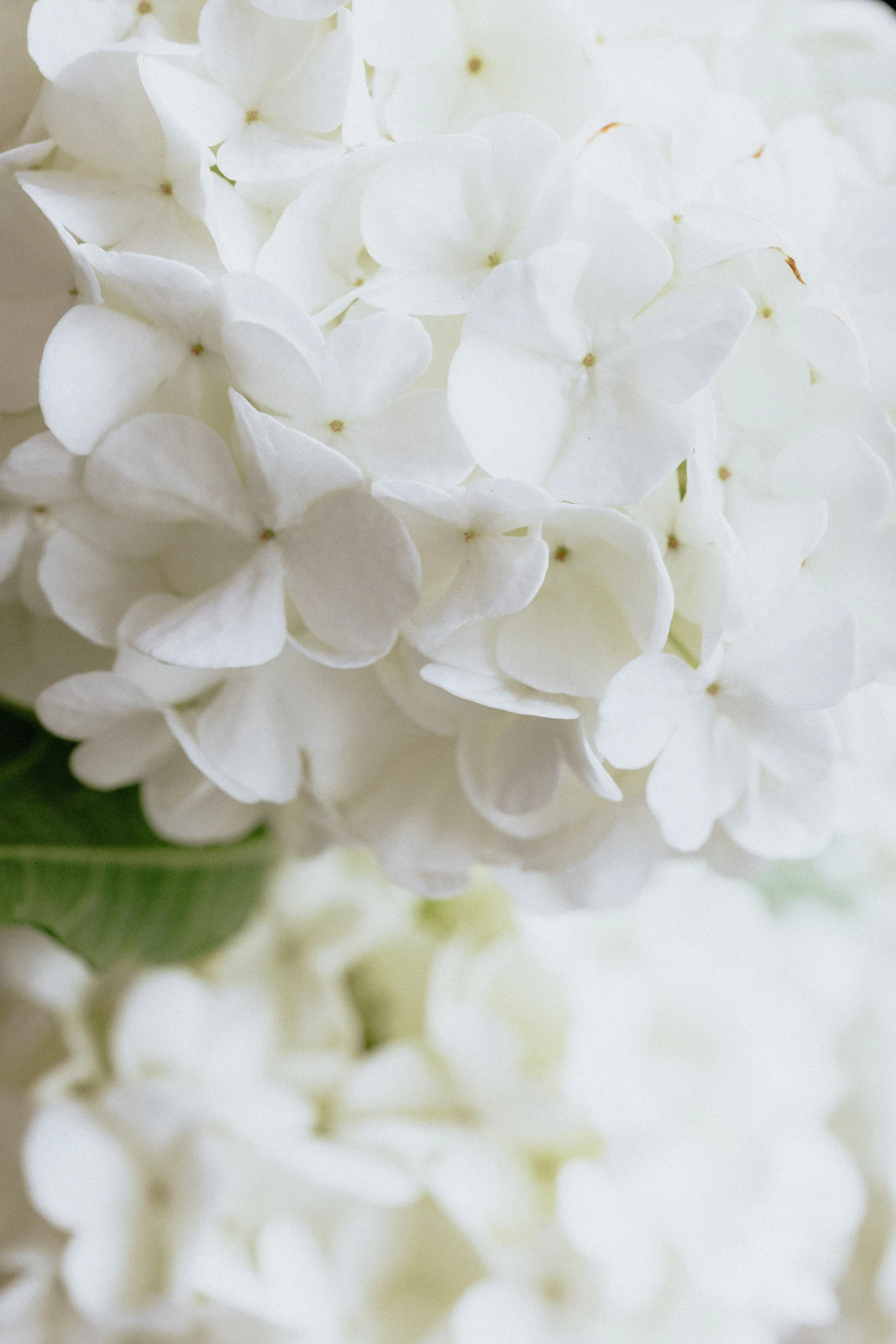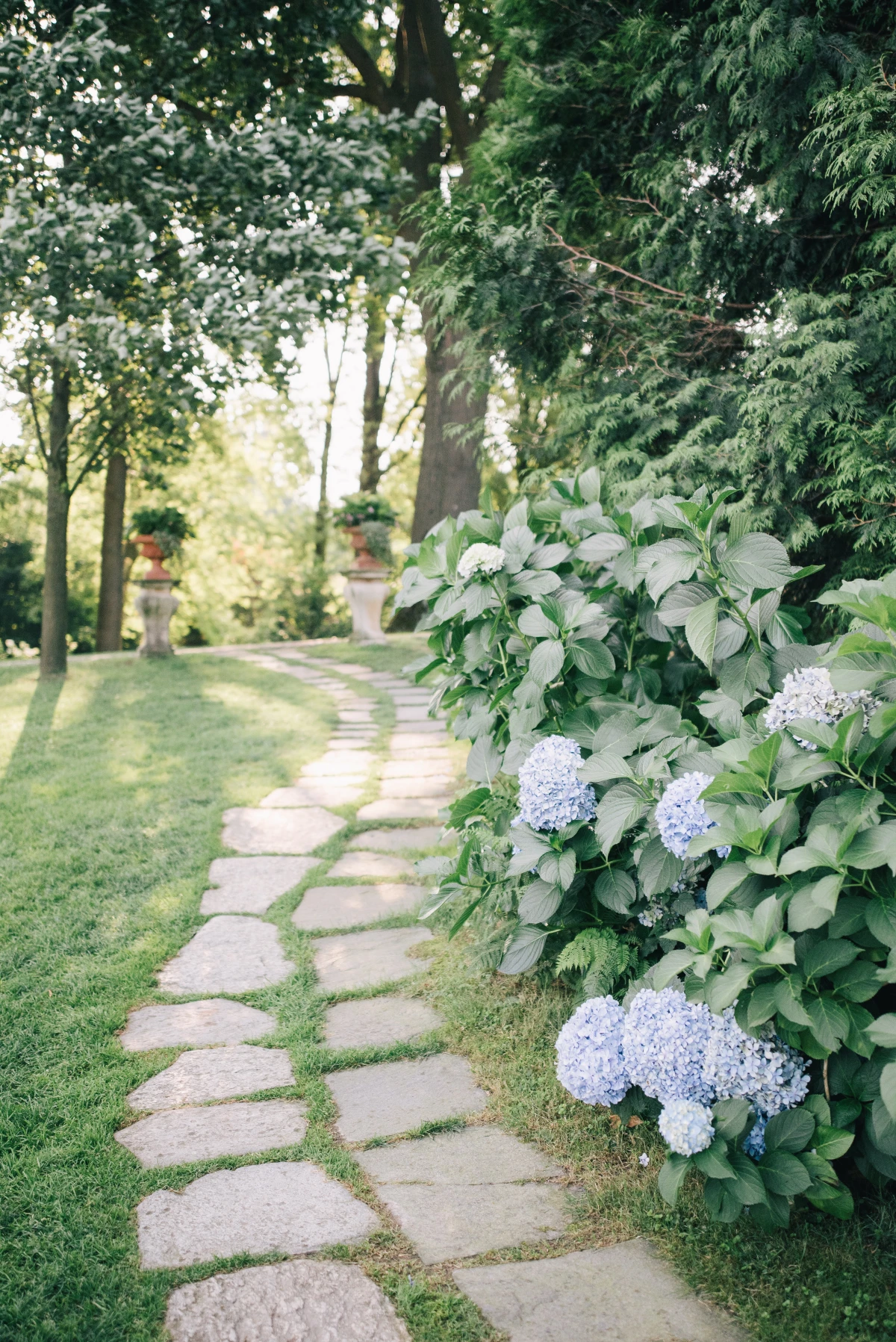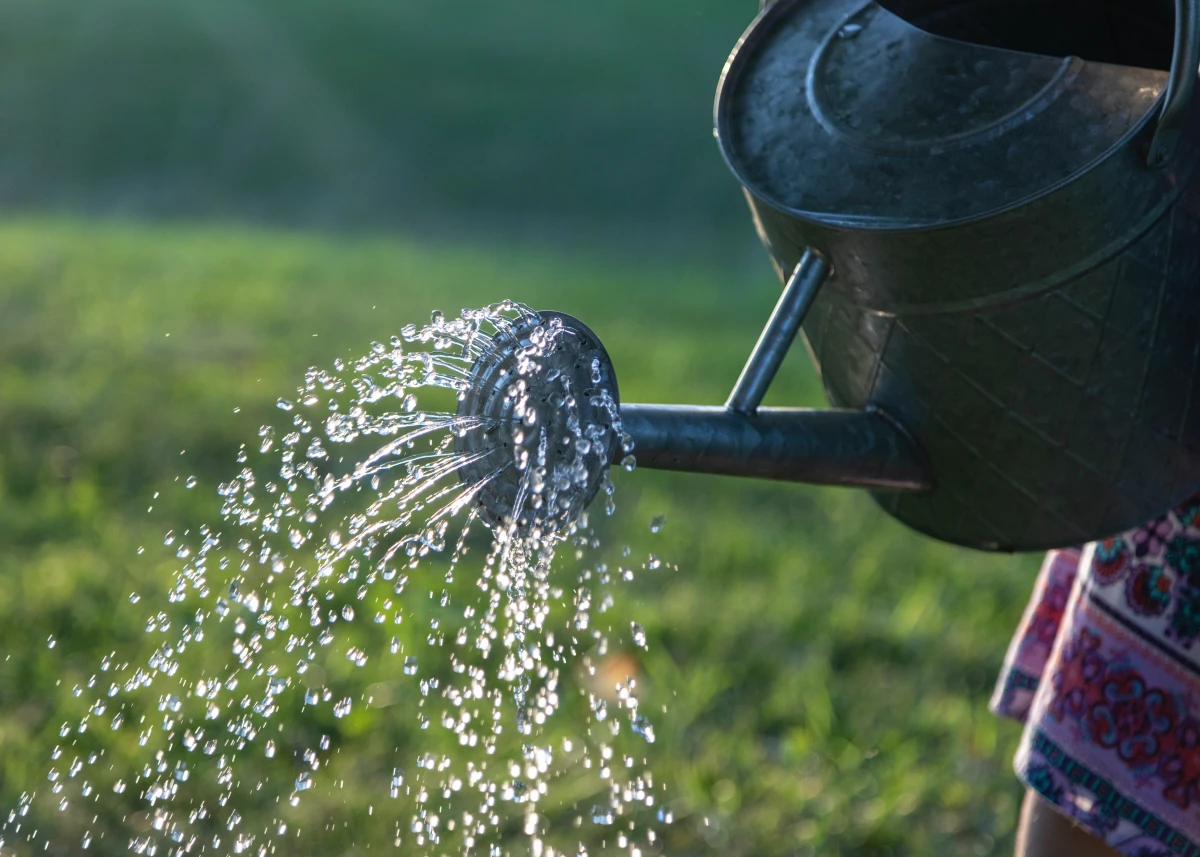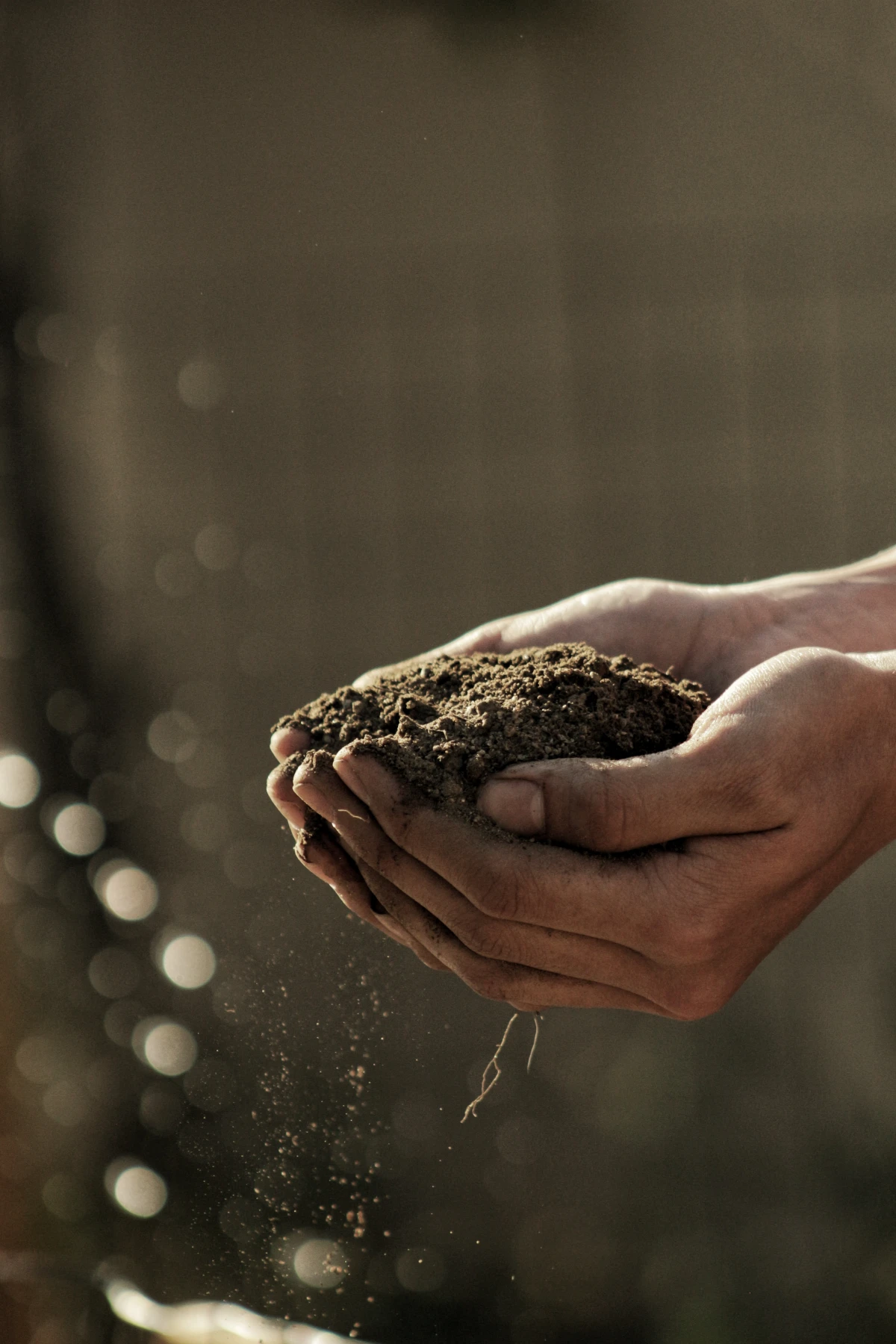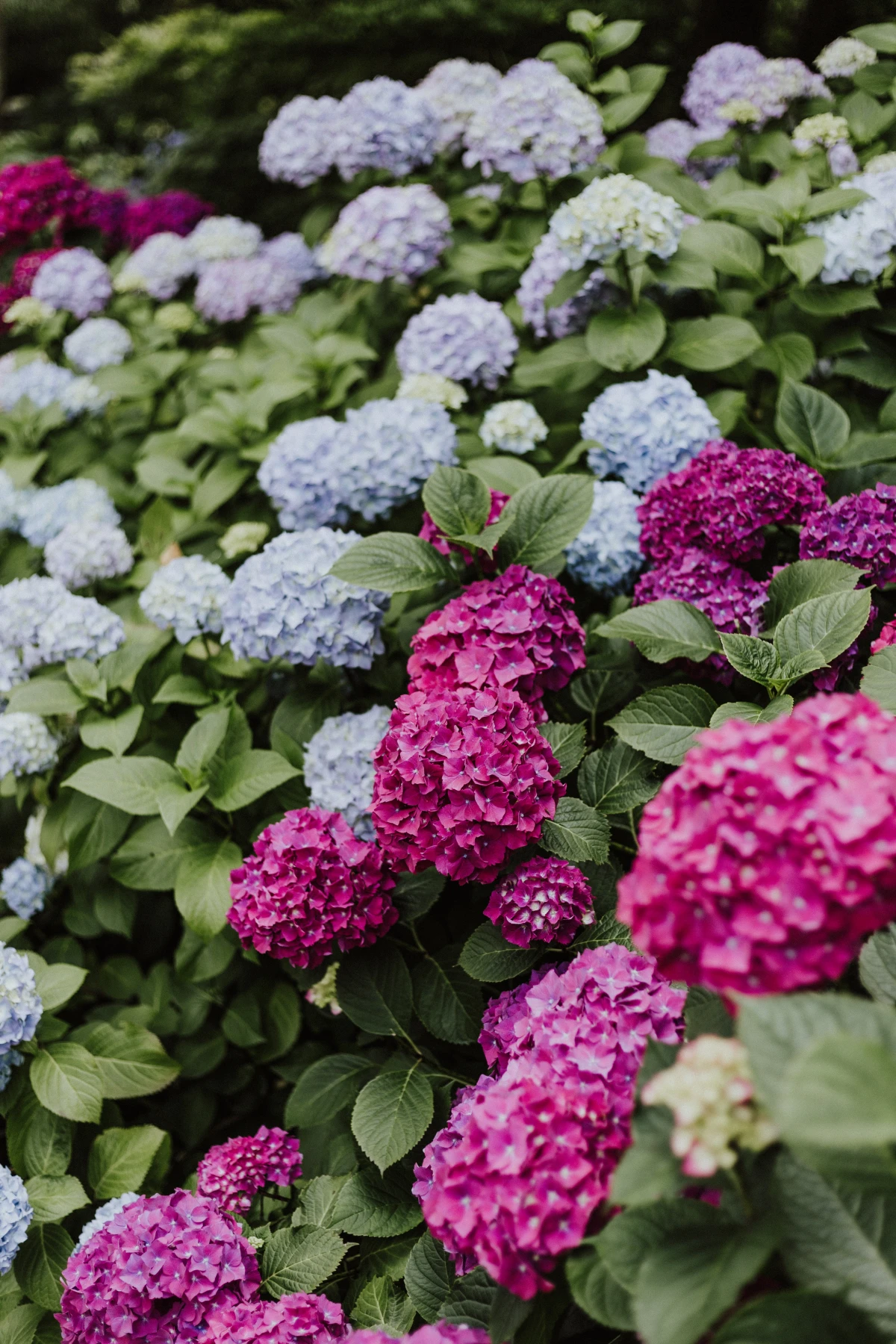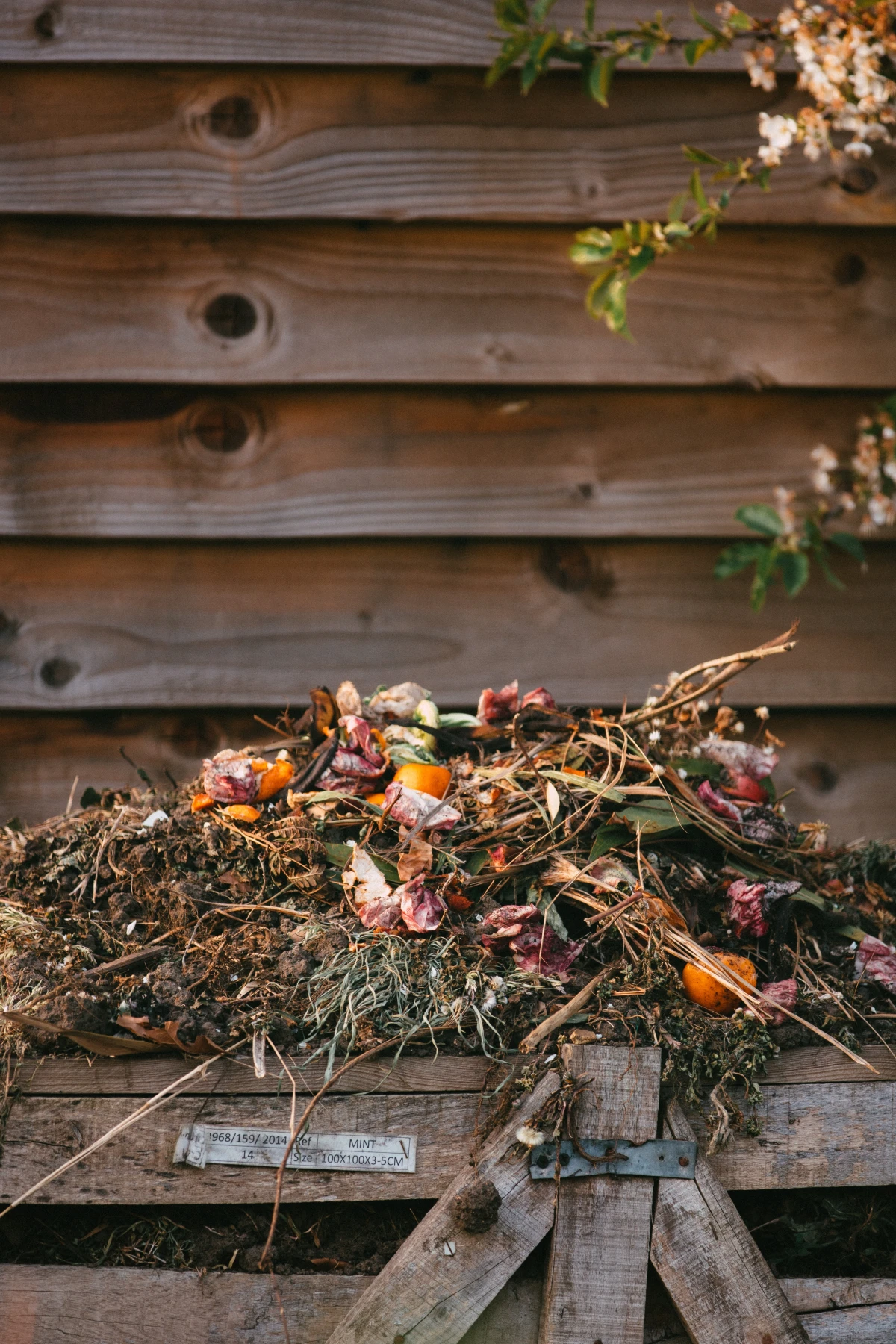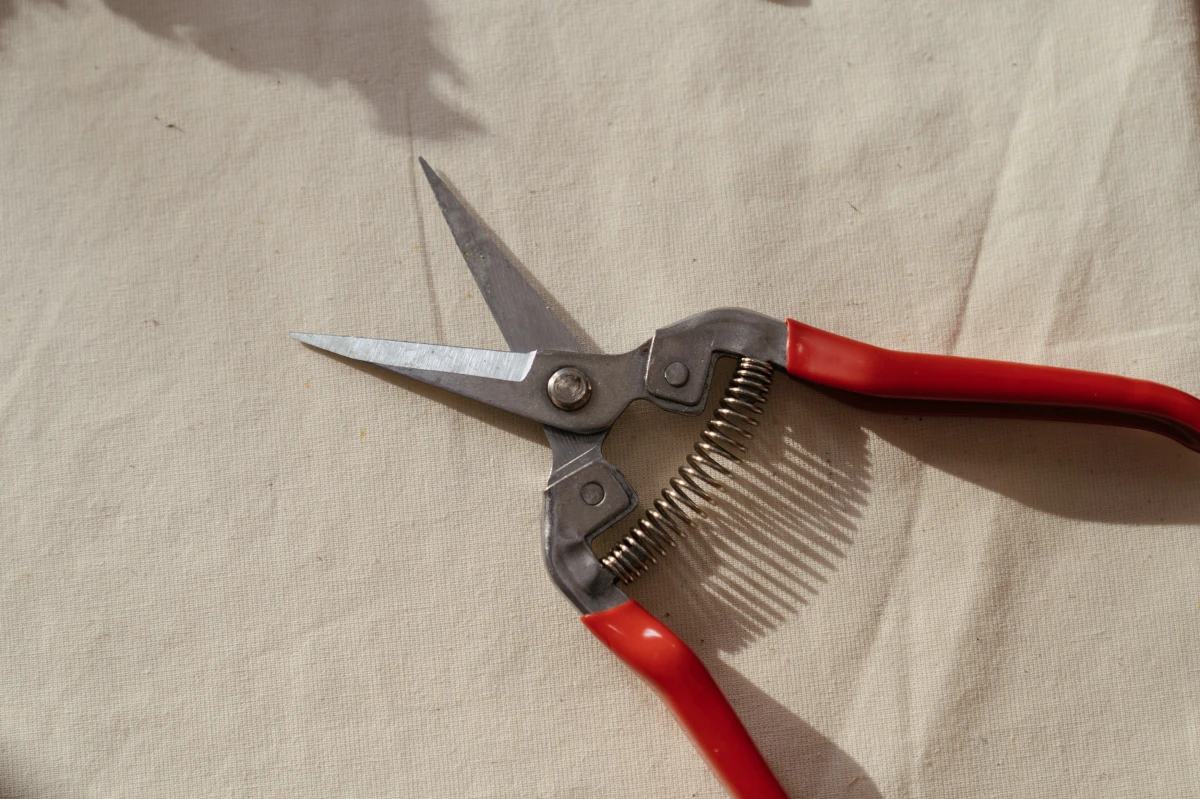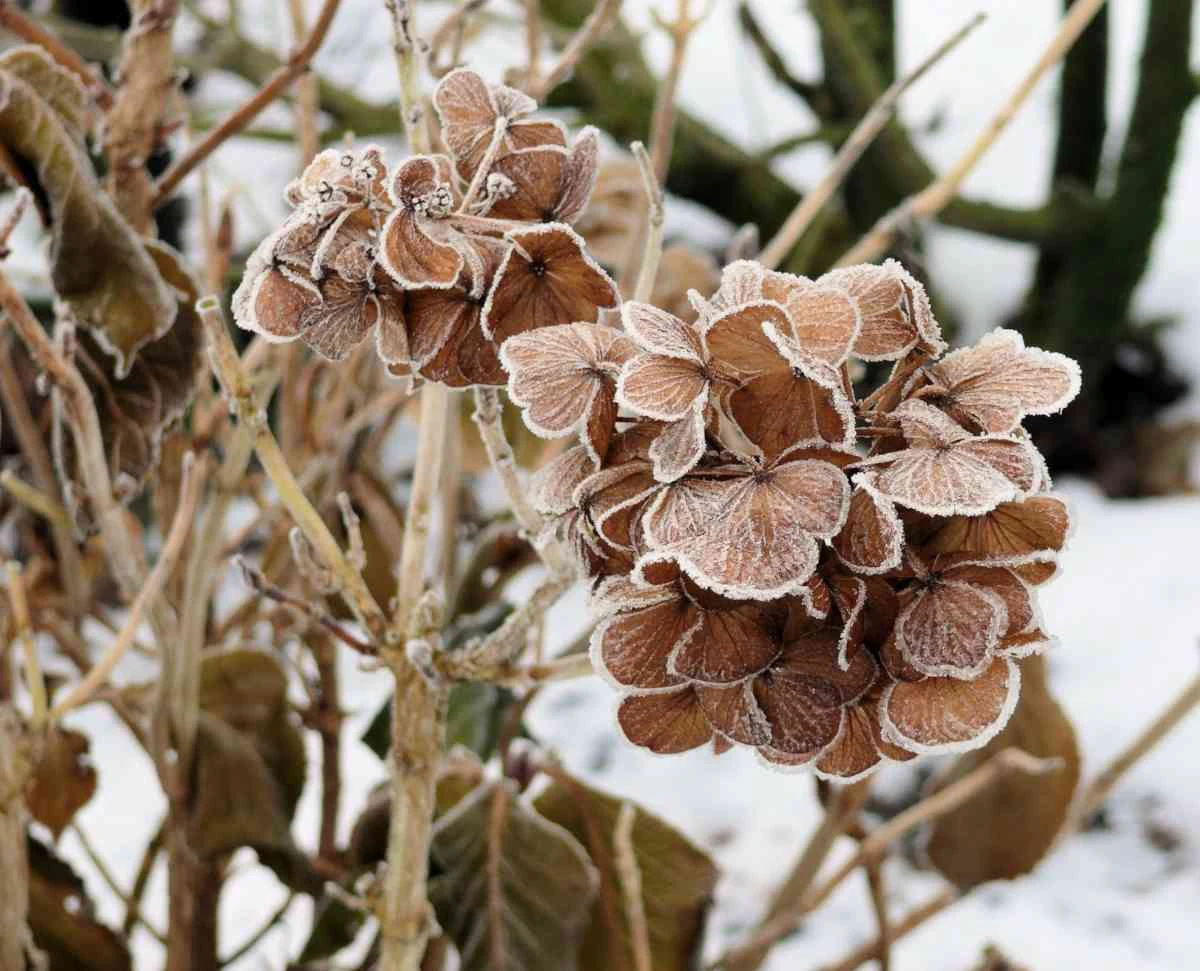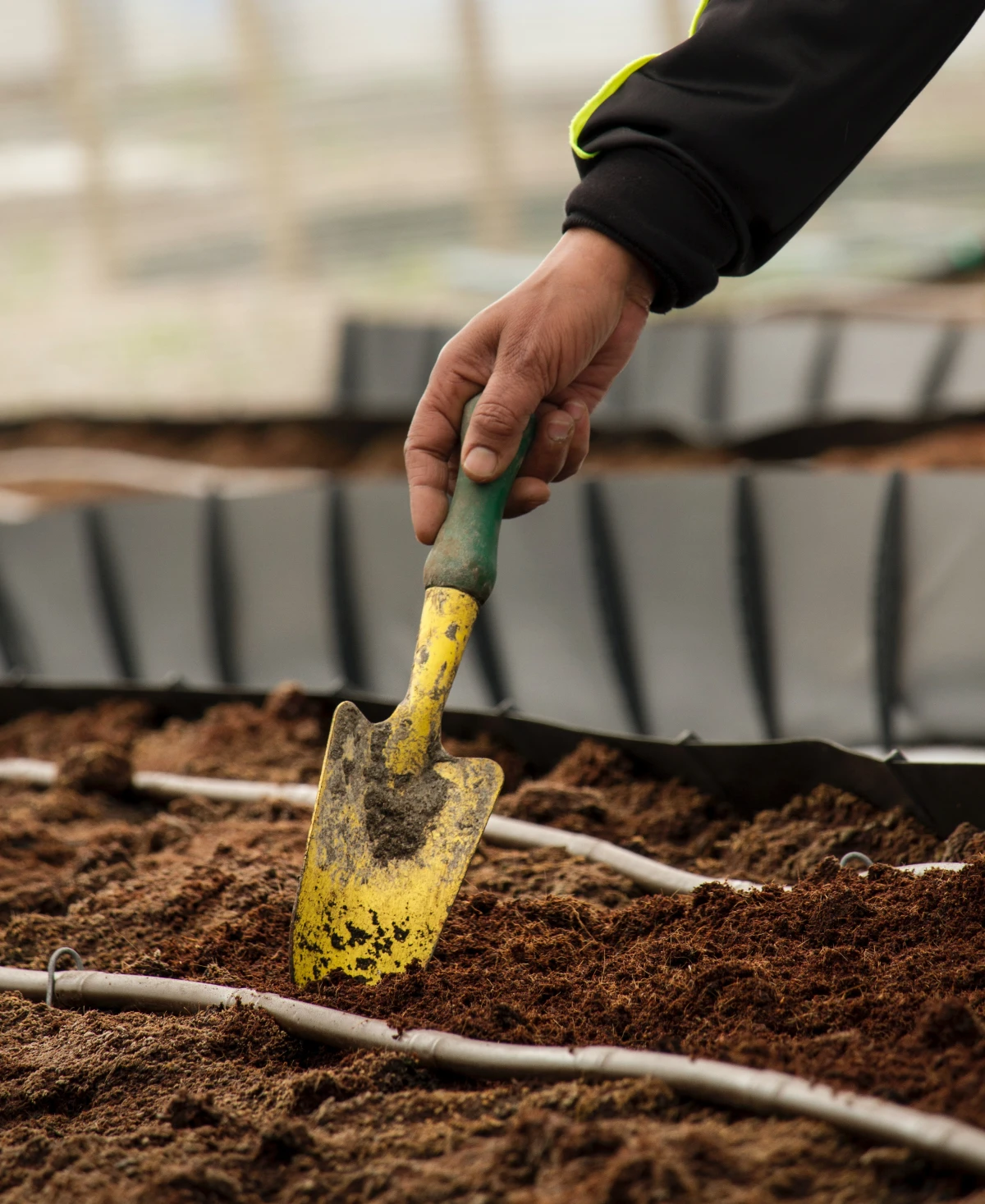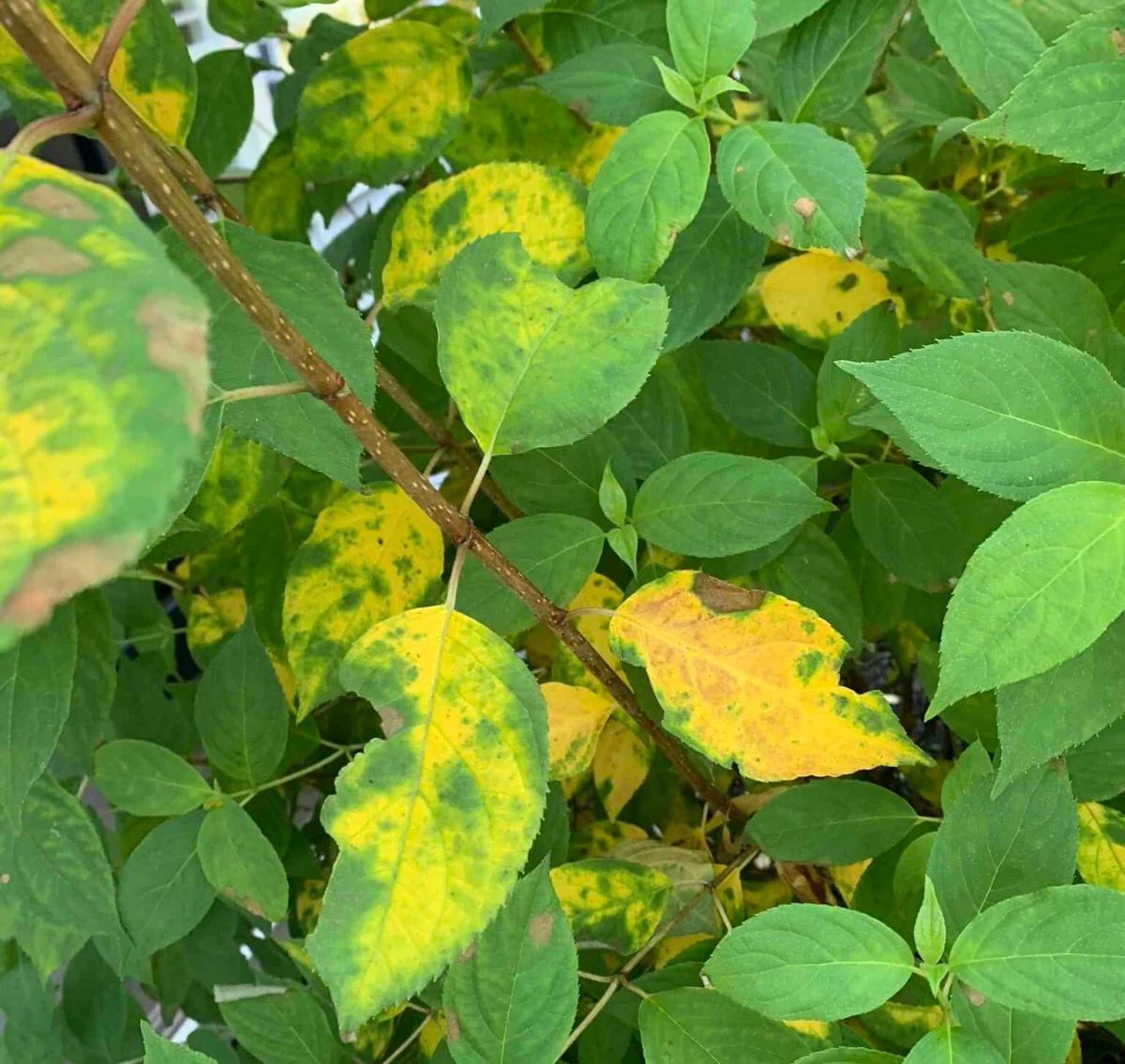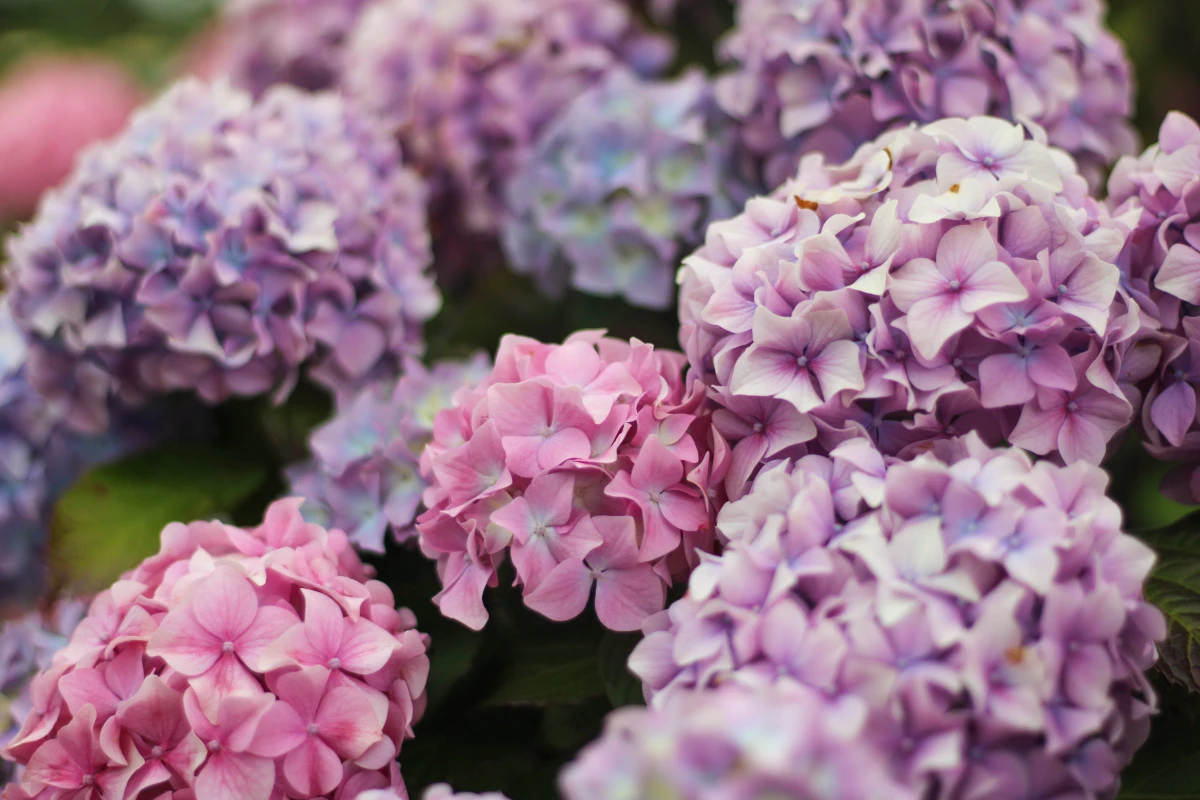Everything You Need To Know About Proper Hydrangea Care
If you are looking for a lush flowering shrub that will bring a pop of color to your garden, then hydrangeas are what you need. This plant’s heads are heavy with beautiful clusters of small flowers that come in a variety of colors. Hydrangeas are a deciduous hardy shrub that can be grown both in containers and the garden, depending on what variety you choose. Some hydrangeas can be double-flowered, other bi-colored, some flower twice, and some have a wonderful aroma. There is a hydrangea variety for every taste and preference. Whether you are looking for a traditional style or a contemporary look for your property, hydrangeas can help you achieve it. But how do you grow this magical shrub? Well, today we will show you everything you need to know about proper hydrangea care, so that your plant can thrive.
There is a hydrangea variety for every taste and preference
In this article
Hydrangea Care 101
Hydrangeas are truly stunning. However, for them to look their best you need to know how to properly take care of them. While they may seem like they are a high-maintenance shrub, with the right care and condition, they are pretty simple to grow. Plus, all the effort is worth it. Once summer peaks you will have marvelous blooms to enjoy. So, let’s see what these wonderful plants need in order to grow and thrive.
Hydrangeas are truly stunning
#General Care Tips
Hydrangeas are a low-maintenance shrub, so you won’t have to break your back trying to keep up with its needs. With regular watering, some simple pruning, and love you can have beautiful blooms all summer long and a healthy plant.
You won’t have to break your back trying to keep up with its needs
#Light
When it comes to light requirements different varieties of hydrangeas have different preferences. So, make sure to always check your care tag before deciding to buy. But in general, most varieties love a good sunny spot and thrive in spots that offer them full sun to partial shade conditions.
When it comes to light requirements different varieties of hydrangeas have different preferences
#Water
Hydrangeas are quite tough and tolerant. This means that they can handle a lot of different living conditions, unless it comes to their watering needs. Newly planted shrubs need to be watered every one to two days. However, they may need more moisture if you live in a really warm and dry climate. Water them early int eh morning before the sun comes out. Once the warm weather is gone, these shrubs still need to watered thoroughly around two to three times a week.
Newly planted shrubs need to be watered every one to two days
#Soil
Since they need a lot of water, these shrubs require well-draining soil. Soil that is heavy and holds a lot of moisture will encourage root rot. However, soil that doesn’t hold any moisture will cause their roots to dry out. So, it’s important to find the perfect soil. These plants will thrive in loamy or sandy loam soil. The soil should be rich in organic matter, well-draining, and lightly acidic to neutral when it comes to pH levels.
These plants will thrive in loamy or sandy loam soil
#Temperature
When it comes to temperatures these plants do best in climates with fairly mild temperatures. So, if you live in a cold climate with harsh winters you can expect a lot of dieback if the hydrangea is in an unprotected area. Gardeners from The Spruce recommend planting your hydrangeas in a north- or east-facing site. This is preferred as it’s usually the areas in which the winter temperatures staying generally consistent. Planting hydrangeas in a spot that gets a lot of sun during the colder months may cause the buds to swell before their time and will become more vulnerable to the cold. When it comes to humidity these shrubs prefer moderate to high humidity climates.
When it comes to temperatures these plants do best in climates with fairly mild temperatures
#Fertilizer
If you have soil that is rich in organic matter and nutrients you won’t need to fertilize your hydrangeas. However, you can always use compost to boost your soil or store-bought fertilizers. Just make sure that whatever you are using isn’t high in nitrogen. Too much nitrogen can cause the shrub to have fewer blooms.
You can always use compost to boost your soil or store-bought fertilizers
#Pruning
Just like many other plants there isn’t a right answer when it comes to pruning. Depending on your hydrangea variety they may have different pruning needs. Some species bloom on old wood, so you should prune these types in the summer after they have bloomed. Then you can remove up to a third of the stems. Other types bloom on new wood, so they require a pre-spring pruning.
Depending on your hydrangea variety they may have different pruning needs
#Winterization
Some types of hydrangeas, like the bigleaf hydrangea, tend to be susceptible to winter damage. So, if you live in a colder area you may have to prepare them for the harsh weather. You can wrap them up in burlap to keep them nice and toasty. It’s also a good idea to water them before the ground freezes and add a layer of compost. It will help provide the soil with nutrients that will sustain it during the season. You can also add a layer of mulch to protect the roots.
Some types of hydrangeas tend to be susceptible to winter damage
#How To Plant Hydrangeas
Unless you are going to care for your hydrangeas in a container, then you will have to learn how to plant them. You will first need to pick a spot that meets all the hydrangeas needs in order for it to thrive. It’s also recommended to water the plant while it is still in the nursery pot thoroughly. Then we can get onto planting.
Find your hydrangeas the perfect spot
- Dig a hole that is twice the width of the nursery pot. The hole should also be either equal or a bit shallower than the height of the pot.
- Next roughen up the sides of the hole. This will help make it easier for the roots to penetrate the sides and expand freely.
- Get the plant out of the nursery pot carefully. Loosen up any circling roots. Cut some if needed. Then set the plant into the hole and fill in with soil.
- Finally, water the area well. It’s also recommended to cover the soil surface with at least an inch of mulch. Just make sure to avoid the area closest to the stem as it can cause fungal diseases.
Dig a hole that is twice the width of the nursery pot
#Common Problems
Like any other plant, hydrangeas are also susceptible to a variety of pests, diseases, and other issues. Even if they are pretty easy to care for, you should still keep an eye out for these possible issues. The faster you can catch them, the easier you can deal with the problem and ensure your hydrangeas look and feel their best.
Hydrangeas are susceptible to a variety of pests, diseases, and other issues
#Pests
Some common pests that may try to attack your hydrangeas are aphids and Japanese and rose chafer beetles. Make sure to regularly check under the leaves for these tiny pests. You can get rid of both in similar ways, but you need to catch them on time.
Aphids may try to attack your hydrangeas
#Diseases
The most common diseases that may try to plague your beautiful shrubs are bacterial leaf spot and powdery mildew. The white fungus of powdery mildew will block out sunlight from reaching the leaves and may cause them to yellow and die out. To prevent this the plant needs better circulation. You can do this through pruning. You should also treat the disease with a fungicide labeled for this particular infection. When it comes to bacterial leaf spot it is more common on the oakleaf and panicle varieties. You will see dark spots on the leafs that appear to be wet with defined edges. You can once again fix with pruning or by avoiding saturating your soil with water.
The white fungus of powdery mildew will block out sunlight from reaching the leaves
#No Blooms
If your hydrangeas seem to not be blooming every season, then you may have pruned them at the wrong time and damaged the buds. This may also be caused by overfertilizing the plant. So, make sure to check out the right tome to prune your variety to avoid this.
Overfertilizing can stop the plant from blooming
#Droopy Leaves
When the shrub’s leaves droop, this is usually because they don’t have enough water. You may notice this happening during really hot weather. So, make sure to keep your hydrangeas consistently moist. However, drooping may also be caused by this plant’s built-in protection system. When it is too hot the leaves curl downward and then return to normal during dusk. If they have not returned to normal by dusk, then the soil is dry.
Leaves droop because they don’t have enough water
#Yellow or Brown Leaves
If your leaves are yellow, then you may have underwatered, overwatered, or overfertilized the plant. If the leaves are brown, then the soil may have too many salts in it or it is overfertilized.
Yellow leaves mean underwatered, overwatered, or overfertilized
This was everything you needed to know about proper hydrangea care. We hope you found this article useful. Now you know how to properly grow this flower and will be able to enjoy its beauty at its full potential.
This was everything you needed to know about proper hydrangea care
